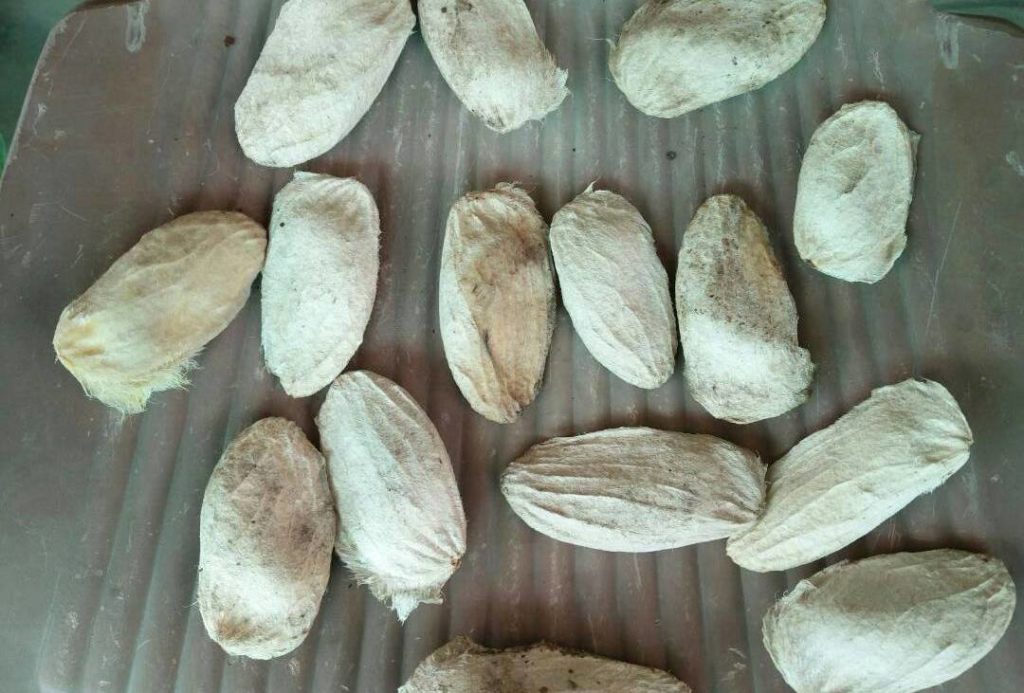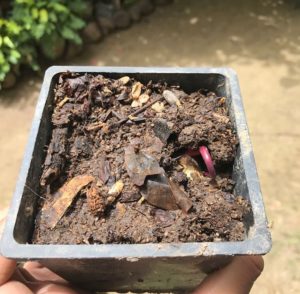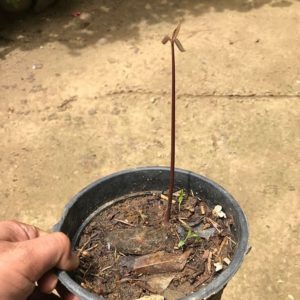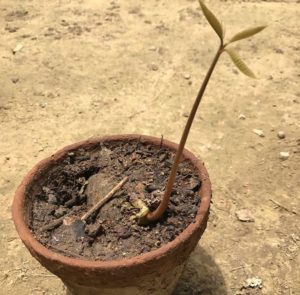Its mango season again, and who doesn’t love mangoes?
Mangoes are a favourite fruit for everybody, including the local wildlife. Birds, bats, squirrels, and cows all love this yummy amazing fruit. There are so many delicious recipes where you can use mangoes. Mangoes are used in smoothies, ice creams, salads, cakes, and even as pickles. Some people cut them in squares, some people like to slice a mango into 3 parts and some eat it without any cutting at all. How do you like your mangoes ?
At the centre of the mango is a big seed. When the mango tree is fruiting, there are hundreds of ripe mangoes hanging from the trees to feed all the creatures. Inside each mango is a seed and it becomes our duty to plant that seed since we enjoyed the fruit. This is the least we can do to repay our debt to the mango trees. Animals do their part by dropping the seed on the ground after enjoying the fruit. But humans often lack this simple moral responsibility.
Humans have removed all the soil cover around their homes, because they feel like dirt is not clean enough as concrete (food grows in dirt not on concrete). This is a major setback for the trees which are trying to get their seeds into the soil. Each tree produces hundreds of mangoes in a season and each fruit has a seed, each seed is capable of growing a new tree and each tree can produce hundreds of more mangoes in every fruiting season. Many adults have forgotten or don’t care about this magical cycle, they often believe that bottled artificial mango drinks are real.
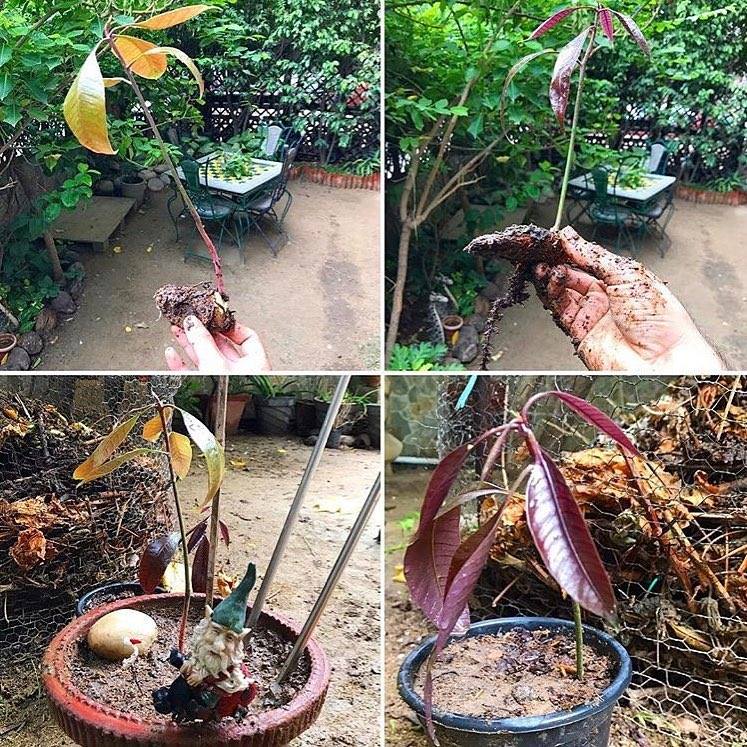
Procedure
Have you tried putting a pizza or noodles or doughnut into the soil ? Do you think a pizza tree or doughnut tree or noodles tree will grow from it ? You must try this experiment with a mango seed. First you need to eat the fruit, then wash the seed and place it on the soil, water it a little bit every day, and soon you will see the seed sprouting new roots and shoots. The roots extend downward into the soil and begin to spread to give the plant good balance and nutrition. Then the shoot emerges and starts growing upward and towards the sunlight.
